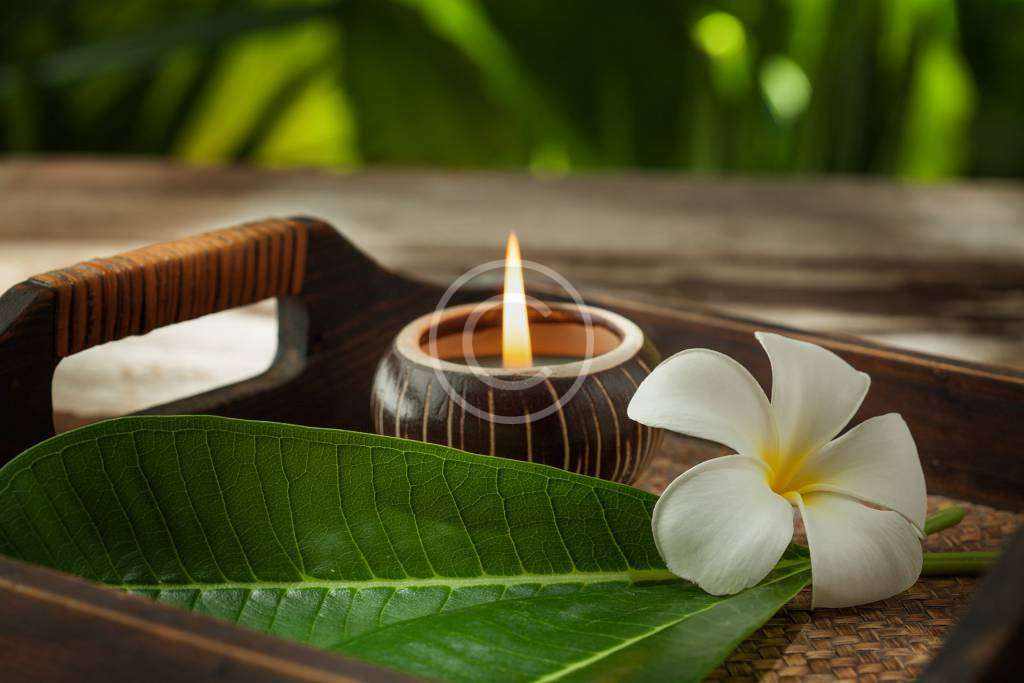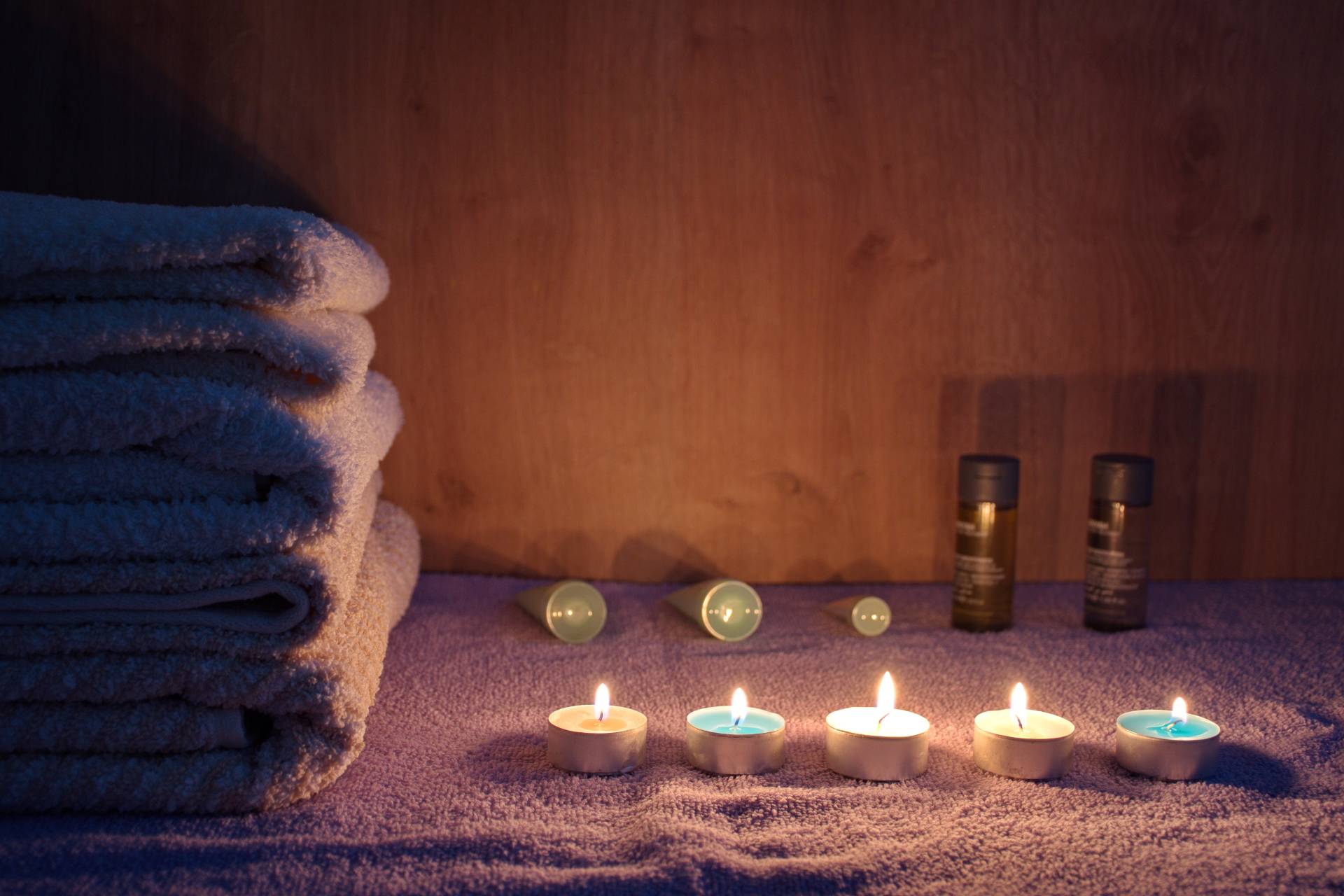Relaxation therapy in a spa setting typically involves a combination of techniques and treatments designed to help individuals de-stress and unwind.
relaxation therapy in a spaholic setting is designed to help individuals reduce stress, relax their muscles, and promote overall wellness
1. Massage therapy: A variety of massage techniques may be used to help relieve muscle tension, reduce pain, and promote relaxation. Examples include Swedish massage, deep tissue massage, and hot stone massage.
2. Aromatherapy: Essential oils are used to create a relaxing atmosphere and promote relaxation. The scents may be added to massage oils, diffused in the air, or used in other ways.
3. Hydrotherapy: Water-based therapies such as hot tubs, saunas, and steam rooms may be used to help soothe sore muscles, reduce stress, and promote relaxation.
4. Mind-body techniques: Techniques such as meditation, guided imagery, and progressive muscle relaxation may be used to help calm the mind and promote relaxation.
5. Other spa treatments: Additional spa treatments such as facials, body wraps, and exfoliating scrubs may be used to enhance relaxation and promote overall wellness.

Relaxation: Massage therapy can help reduce stress and promote relaxation by increasing the production of endorphins, which are natural chemicals that help to reduce pain and promote feelings of well-being.
Improved immune function: Massage therapy can help to improve immune function by increasing the production of white blood cells, which are responsible for fighting off infections and diseases.



